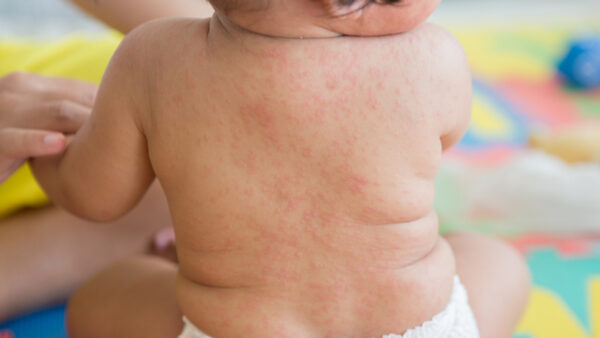Siesta Disease, also known as Chronic Fatigue Syndrome, is a health condition characterized by excessive fatigue and a feeling of exhaustion that lasts for at least 6 months and does not improve even with adequate rest. This condition typically occurs in adults, but in recent times, it has also been increasingly diagnosed in children. In this article, we will focus on this topic and explore the causes, symptoms, and treatment options for Siesta Disease in children.

Causes
The causes of Siesta Disease in children are not yet fully understood, but they may be linked to several factors. These factors may include genetics, changes in the hormonal system, psychological stressors, and infectious diseases. It is also possible that some children are more susceptible to this condition due to their lifestyle, such as lack of sleep, unhealthy eating, lack of physical activity, or too much mental and physical stress.
Symptoms
The symptoms of Siesta Disease in children are similar to those in adults. Children with this condition feel excessively tired and exhausted, even when they sleep for a sufficient amount of time and quality. Other symptoms may include headaches, nausea, increased sensitivity to light and sounds, dizziness, mood changes, problems with concentration and memory, and sleep problems.
Diagnosis
Diagnosing Siesta Disease in children is often difficult because the symptoms may overlap with other health problems. The doctor will have to rule out other diseases that could cause similar symptoms, such as depression, sleep disorders, thyroid disorders, or other health problems. If other causes are ruled out, the doctor may diagnose Siesta Disease.
Treatment
The treatment of Siesta Disease in children usually involves a combination of pharmacotherapy and non-medical measures. Pharmacotherapy may involve the use of stimulants, such as methylphenidate or modafinil, which can help improve the fatigue state and increase concentration and attention. However, some children may have adverse effects on these medications, such as nausea, headaches, or sleep problems. Therefore, it is important for parents and doctors to regularly monitor the effects of medications.
In addition to pharmacotherapy, children with the sixth disease can also benefit from non-pharmacological measures such as improving their lifestyle. These measures may include:
- Adequate sleep: Children usually need more sleep than adults, so it is important for them to have regular and sufficient sleep.
- Healthy diet: Children should eat a balanced diet that contains enough protein, fiber, and healthy fats. It is important for them to eat regularly and avoid fast food and unhealthy foods.
- Physical activity: Children should be physically active for at least 60 minutes a day. This may include sports, running, or other forms of exercise that they enjoy.
- Stress management: Children should have time for rest and relaxation. It is important for them to learn how to manage stress and find ways to relax.
- Mental health support: Children should have the opportunity to talk about their feelings and problems with their parents, friends, or a professional therapist.
The sixth disease in children can affect their academic performance, social and family relationships, and quality of life. Therefore, it is important for parents and doctors to be attentive to symptoms and provide appropriate treatment and support to children. If your child has symptoms of the sixth disease, do not hesitate to contact your pediatrician to find out treatment options and improve their condition.
